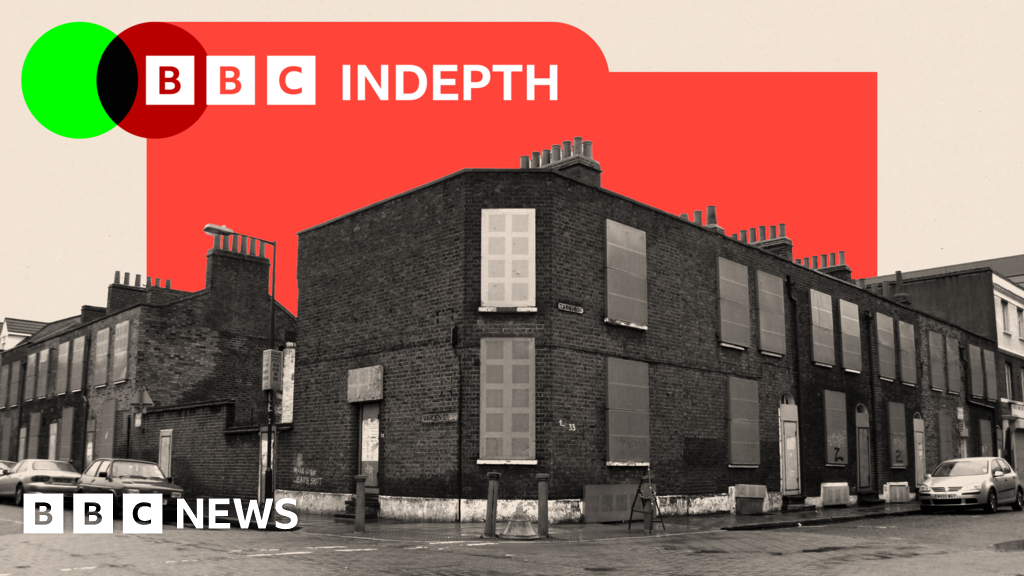
"In 1980, when Corina Poore, 36 years old and pregnant, first opened the door to a derelict house in New Cross Gate, south-east London, the estate agent refused to step in with her. Inside were dead cats, dog excrement and filthy mattresses. Pigeons flew in through holes in the roof and there was no indoor toilet. The intense rotting smell was overwhelming."
"Some 45 years on, her Victorian four-storey house is worth roughly 1m - something Corina, a semi-retired film and TV critic, could never have afforded otherwise. However, times have changed. Lewisham Council has continued to offer grants to the owners of empty homes for improvements - some for as much as 20,000 - but the uptake is low. Just 22 grants were awarded in the borough in the last five years - despite it having 2,253 empty homes."
"As of October 2024, there were almost 720,000 empty homes in England, according to the government. On the face of it, bringing these empty properties back into use would make up a significant chunk of the 1.5m homes that the Labour government wants to add to the country's housing stock by the end of its term. But so far that isn't happening"
Corina Poore bought a derelict four-storey Victorian house in New Cross Gate in 1980, received a £3,500 grant from Lewisham council to repair the ceiling, and now owns a property worth roughly £1m. Lewisham continues to offer improvement grants, some up to £20,000, but awarded only 22 grants in the past five years despite 2,253 empty homes in the borough and 775 empty for longer than six months. Nationally, almost 720,000 empty homes existed in England as of October 2024. Returning empty properties to use could contribute to housing targets, but that is not occurring amid rising homelessness and long waiting lists.
Read at www.bbc.com
Unable to calculate read time
Collection
[
|
...
]